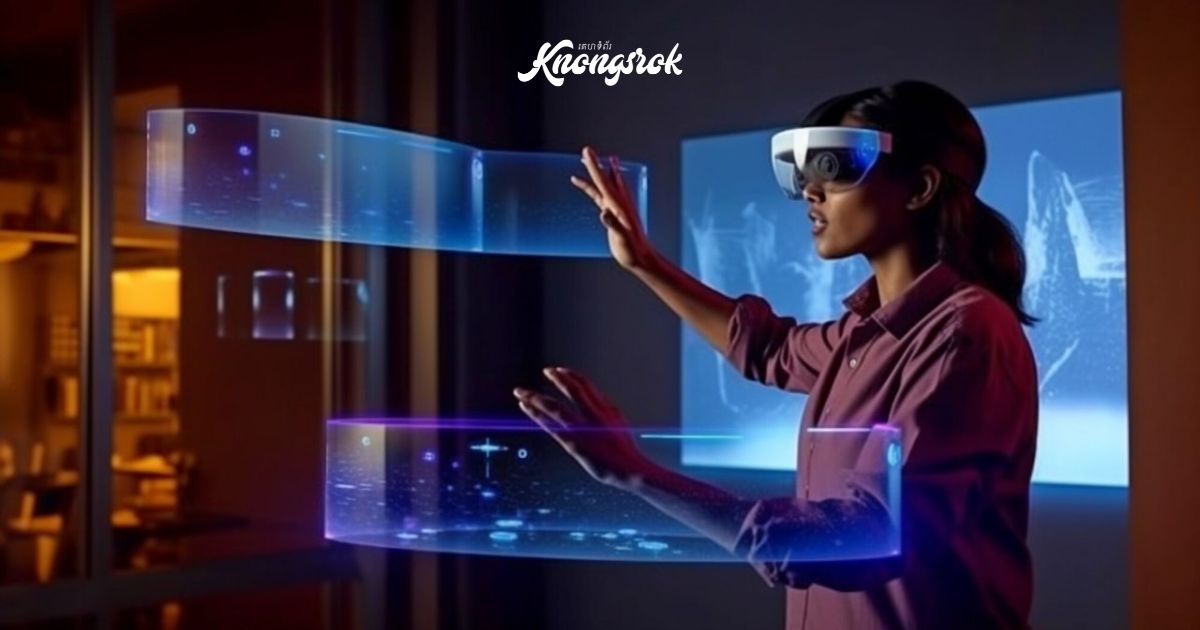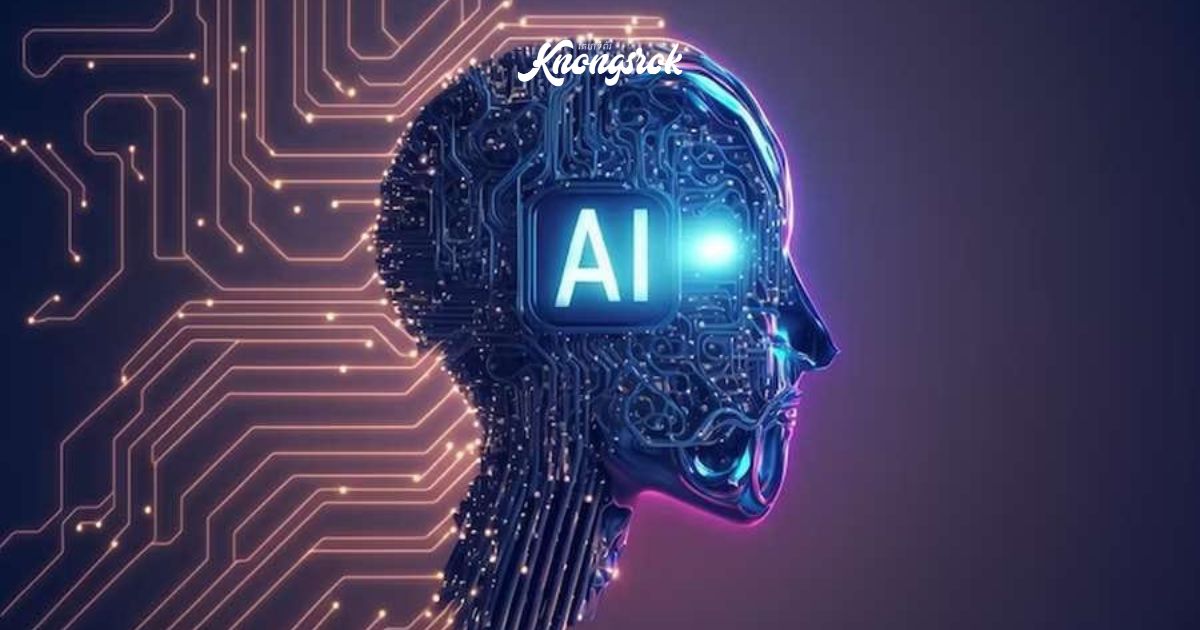What Will the “Ideal” Human Body Look Like in the Future!!!
What Will the “Ideal” Human Body Look Like in the Future?
As science and technology continue to advance, the concept of the “ideal” human body is likely to evolve significantly. Future innovations in genetics, biotechnology, and artificial intelligence may reshape our understanding of human perfection and health. Here’s a look at what the “ideal” human body might look like in the future, based on current trends and emerging technologies:
**1. Genetic Enhancements
Tailored Genetics: In the future, advances in genetic engineering could allow for personalized genetic modifications that enhance physical health and appearance. We might see the ability to edit genes to reduce the risk of genetic diseases, improve physical attributes, and optimize overall health.
Longevity and Aging: Genetic modifications could potentially extend human lifespan and delay the effects of aging. The ideal body might include features that promote youthful vitality well into advanced age, with reduced susceptibility to age-related illnesses.
**2. Biotechnological Integration
Augmented Abilities: The integration of biotechnology with the human body could lead to enhancements in physical and cognitive abilities. For instance, bioengineered organs, limbs, or implants might improve strength, endurance, and sensory perception.
Wearable Technology: Advanced wearable technology could become an integral part of the human body. Devices embedded in clothing or accessories might monitor health metrics, provide real-time feedback, and enhance physical performance.
**3. Customized Health and Fitness
Personalized Fitness Regimens: Future advancements in AI and data analysis could lead to highly personalized fitness and health regimens tailored to an individual’s unique genetic makeup and health profile. This could optimize physical performance, muscle growth, and overall fitness.
Nutritional Optimization: The ideal human body might benefit from personalized nutrition plans based on genetic data and metabolic needs. Future diets could be specifically designed to enhance health, maintain optimal weight, and improve energy levels.
**4. Enhanced Aesthetics
Redefining Beauty Standards: As cultural and societal norms evolve, the concept of physical beauty may change. Future ideals might emphasize diverse body types, functional attributes, and health over traditional standards of beauty.
Cosmetic Enhancements: Advances in cosmetic procedures and technologies could allow for non-invasive enhancements of physical appearance. This might include customizable skin treatments, body sculpting, and aesthetic modifications.
**5. Mental and Cognitive Health
Neuroenhancements: The future ideal human body may also encompass enhancements to mental and cognitive functions. Technologies such as neural implants or brain-computer interfaces could improve memory, cognitive abilities, and emotional well-being.
Stress Management: With increasing awareness of mental health, future ideals may prioritize emotional resilience and stress management as integral components of overall health. Technologies and practices to enhance mental well-being could become central to the concept of an ideal body.
**6. Environmental Adaptability
Climate Resilience: Future advancements may focus on making the human body more adaptable to different environmental conditions. This could include enhanced resilience to extreme temperatures, pollutants, and other environmental factors.
Sustainable Living: The ideal human body of the future might also be aligned with sustainable living practices. This could involve technologies or lifestyle choices that reduce ecological impact and promote harmony with the environment.
**7. Ethical Considerations
Balancing Innovation and Ethics: As we explore the future of the ideal human body, ethical considerations will play a crucial role. The balance between technological advancements and ethical implications will be essential in shaping the future of human enhancement.
Access and Equality: Ensuring that advancements in human enhancement are accessible and equitable will be a key consideration. Addressing disparities and ensuring fair access to technologies will be important in achieving a universally beneficial vision of the ideal body.
Conclusion
The “ideal” human body in the future is likely to be a dynamic and multifaceted concept, shaped by advances in genetics, biotechnology, and societal values. As we move forward, the focus may shift from achieving a one-size-fits-all ideal to embracing diversity, personalization, and overall well-being. Balancing technological innovations with ethical considerations will be crucial in defining and achieving the future vision of the ideal human body.














